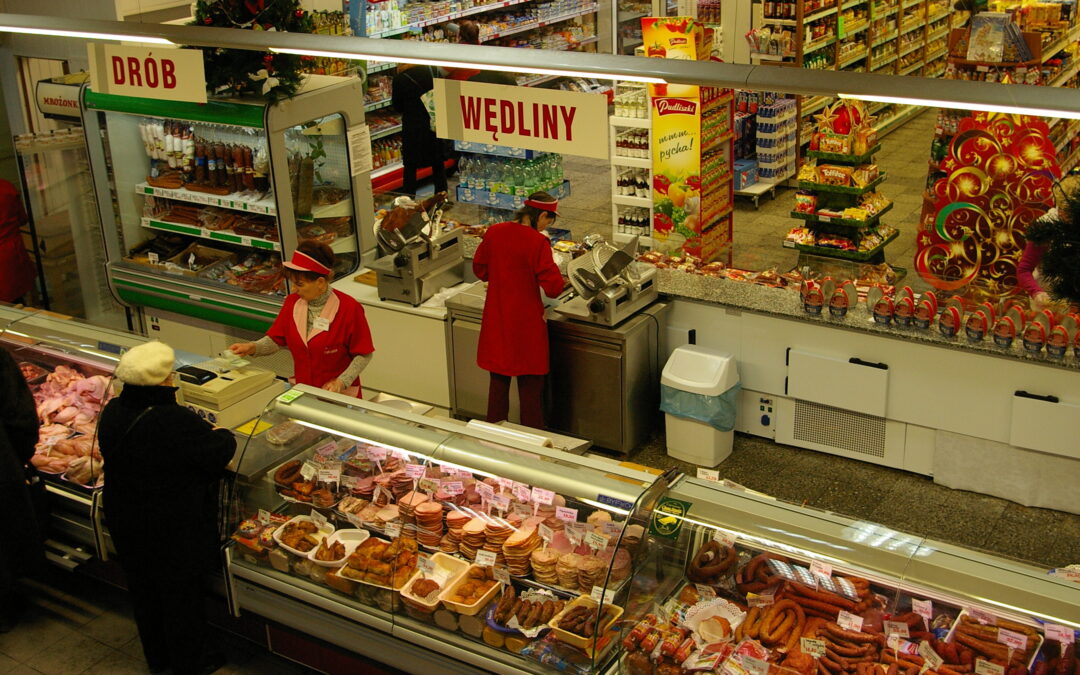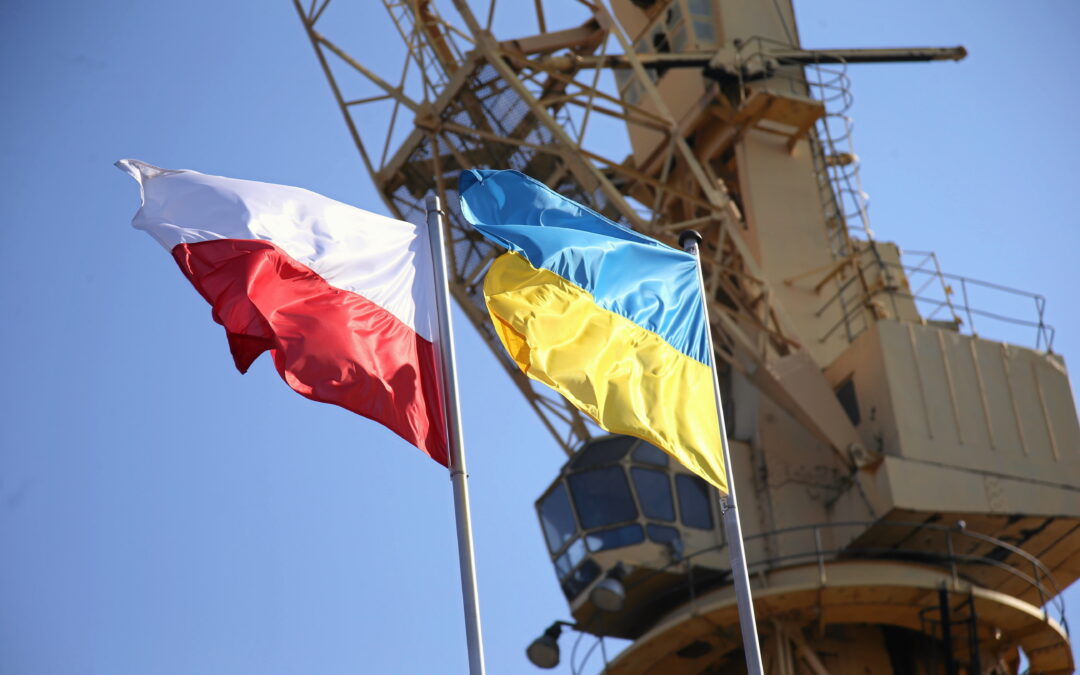Poland recorded an inflation rate of 5% year-on-year in July, according to new figures published by Statistics Poland (GUS), an official state body. The new figure equals the highest level since August 2001, when a rate of 5.1% was recorded.
The same rate of inflation, 5%, was also recorded a decade ago, in May 2011. Today’s GUS estimate is preliminary, but the final calculation, which is expected in two weeks, does not usually differ much.
Poland recorded its highest inflation rate in a decade in May, reaching 4.8%. It then slowed slightly in June, falling to 4.4%, before bouncing back up to reach 5% in July.
Wg szybkiego szacunku #ceny towarów i usług konsumpcyjnych w lipcu 2021 r. w porównaniu do lipca 2020 r. wzrosły o 5,0% (wskaźnik cen 105,0).https://t.co/OVgrxcA0Za#GUS #statystyki #CPI #WskaźnikCen #inflacja pic.twitter.com/ALY4ErN54B
— GUS (@GUS_STAT) July 30, 2021
Adam Antoniak, an economist at Pekao bank, said that inflation is being driven primarily by rises in the prices of food, energy and fuel. These increased by 3.1%, 5.3% and 30% respectively year-on-year, according to early estimates by GUS.
It is possible that Poland will end the year with inflation at 5%, said Antoniak, quoted by Onet. This, he argues, would pile more pressure on the country’s central bank (NBP) to raise interest rates.
Earlier this year, the NBP’s Monetary Policy Council said accelerating prices were only a temporary phenomenon. As a result, it has kept its key interest rate unchanged at 0.1% since May 2020.
The all-time-low borrowing costs are intended to bolster economic recovery from the pandemic, despite inflation surpassing the NBP’s target of 2.5% (allowing for a one-percentage-point deviation).
Today’s release has attracted criticism from opposition politicians, who pegged the blame on the government’s recent policies. Donald Tusk, leader of the Civic Platform (PO) party, attributed “the highest in 20 years” to “high prices, tributes, and debt”.
Poland has recorded the highest or second highest level of inflation among all European Union member states in every month since March last year, according to Eurostat.
Euro area annual #inflation down to 1.9% in June https://t.co/Gs8UkqUrw9 pic.twitter.com/52dPGU3ntd
— EU_Eurostat (@EU_Eurostat) July 16, 2021
Main image credit: Andrew Sorensen/Flickr (under CC BY-NC 2.0)

Maria Wilczek is deputy editor of Notes from Poland. She is a regular writer for The Times, The Economist and Al Jazeera English, and has also featured in Foreign Policy, Politico Europe, The Spectator and Gazeta Wyborcza.



















